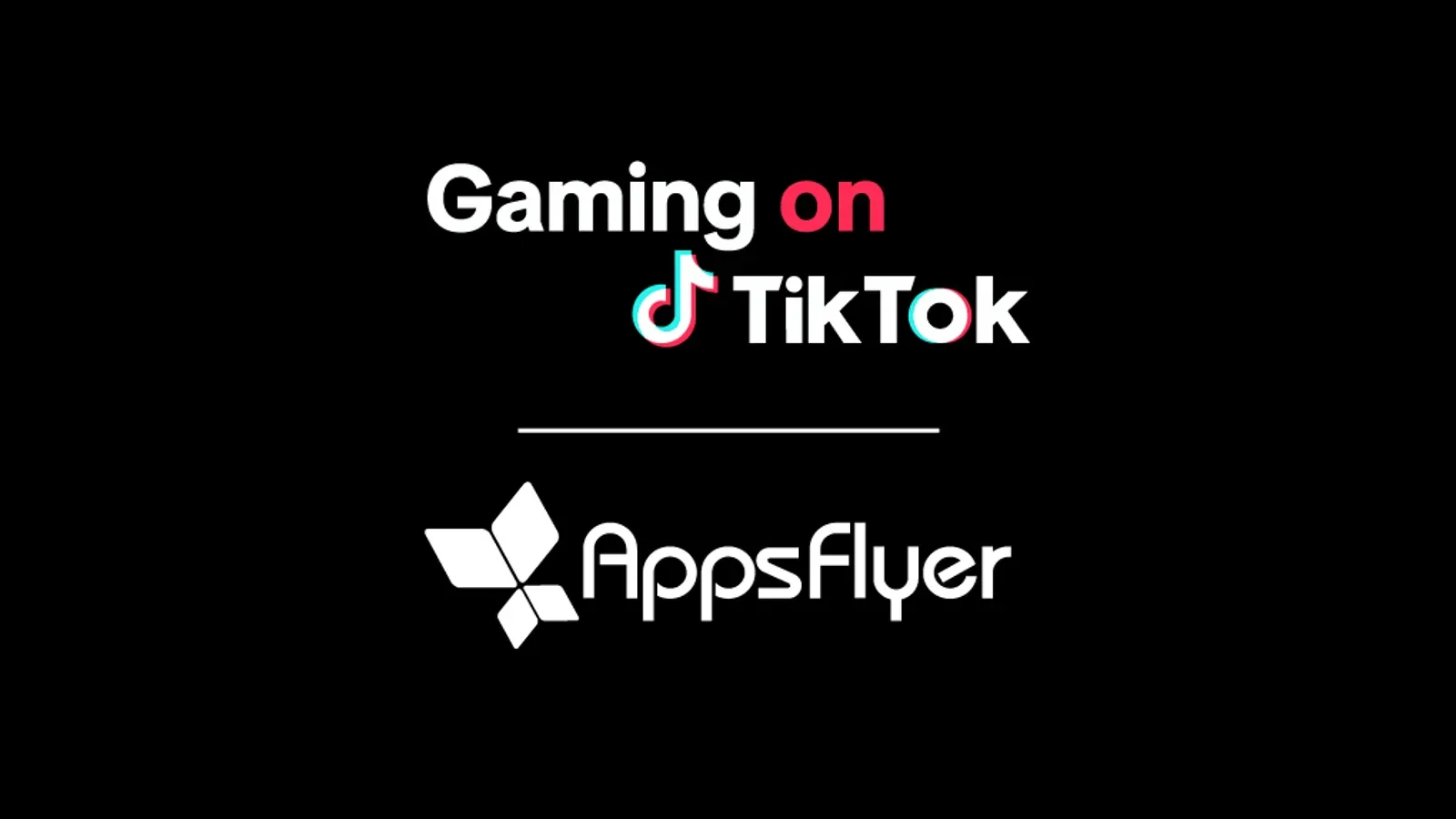AppsFlyer Report unveils Key Trends in gaming app advertising creativity
The report delves into creative performance in the gaming app industry, offering valuable insights for advertisers.

AppsFlyer, a mobile marketing measurement platform, last week released a new report, in collaboration with TikTok, a social media platform known for its short-form videos. The report delves into creative performance in the gaming app industry, offering valuable insights for advertisers.
Creativity is a critical factor in the success of mobile gaming apps. With a vast amount of competition, attracting and engaging users requires effective advertising strategies. This AppsFlyer report highlights the importance of creating high-performing ad creatives to achieve successful results.
Key Findings: Volume and Iteration are Key
The report emphasizes the need for a high volume of creative variations. According to the data, only 2% of creative variations account for a significant portion (68%) of ad budgets. This underlines the importance of creating and testing numerous variations, often exceeding 50, to identify the most successful ad formats. This iterative process helps combat ad fatigue, where users become less receptive to repetitive advertising.
The report highlights the growing role of AI in ad creation. AI can analyze vast amounts of data to identify correlations between creative elements and their performance. This allows advertisers to create more targeted and effective ads. However, the report cautions that the impact of creatives can vary depending on the gaming genre (e.g., hypercasual vs. strategy games). Marketers should consider these nuances when developing creative strategies.
Balancing User Acquisition with Retention
The report emphasizes achieving a balance between user acquisition and user retention for maximizing return on ad spend (ROAS). This metric refers to the revenue generated compared to the amount spent on advertising. Effective strategies include optimizing ad placements for different platforms and tailoring content types to suit specific audiences. For instance, user-generated content may perform well on social media platforms, while gameplay footage might be more effective on gaming-focused platforms.
Creative Trends and Insights from TikTok
The report also includes insights from TikTok, a popular platform for user-generated content and short-form videos. This section offers valuable advice for marketers looking to leverage creative solutions on the platform and reach a wider audience.
Looking Ahead: Evolving Trends in Mobile Game Advertising
The report identifies several key trends that are likely to shape mobile game advertising in the future:
- Rise of Interactive Content: Interactive content formats, such as shoppable videos and livestreaming, are expected to continue gaining traction. These formats create immersive experiences that blur the lines between browsing and buying. Additionally, creators play a crucial role in utilizing these tools to build stronger connections with audiences.
- Increased Automation: Automation is expected to become more prevalent in the creative process, particularly for content optimization. AI can assist in generating numerous creative variations and analyze performance data to inform decision-making.
- The Enduring Influence of TikTok: TikTok's unique blend of user-generated content and platform-specific features is expected to continue influencing advertising strategies. Marketers will need to remain adaptable to capitalize on emerging trends on the platform, potentially utilizing tools like TikTok's Creative Center.
The AppsFlyer report underscores the critical role of data-driven creative strategies in the success of mobile game advertising. By understanding user behavior and employing innovative formats, advertisers can create engaging ad experiences that drive user acquisition and retention.
What: Released a new report on creative performance in the gaming app industry
When: May 16, 2024
Why: To provide insights into effective advertising strategies for gaming apps
How: By analyzing data on user interactions with mobile app ads

